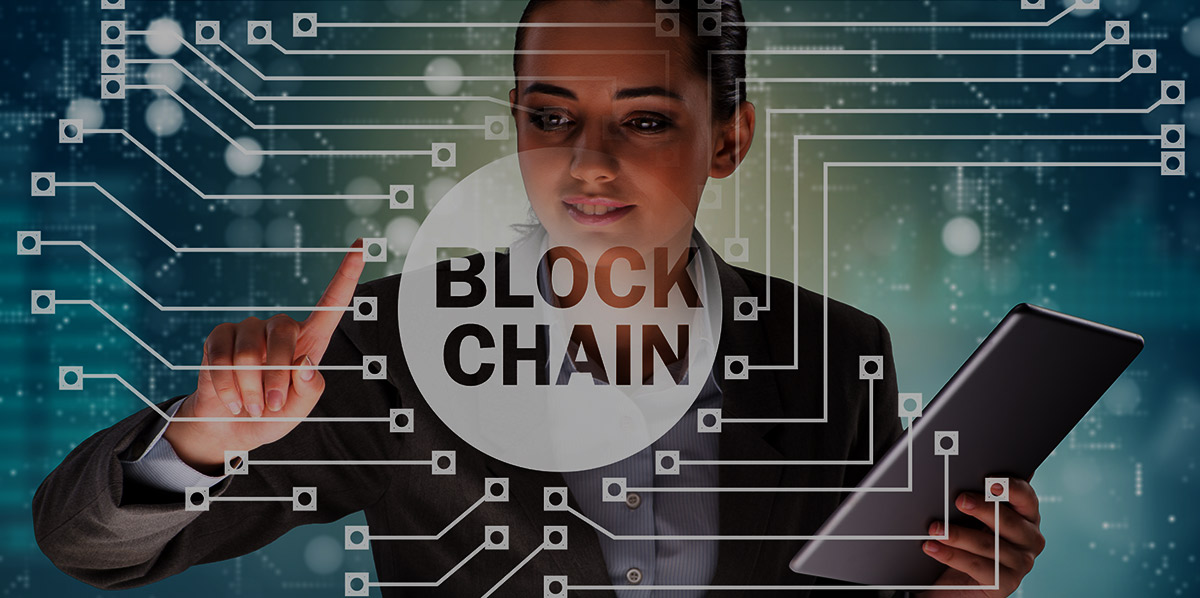
Blockchain technology, a distributed ledger of transactions
It has been forty years since the revelation of the Nixon White House tapes resulted in the resignation of 37th President of the United States. In those days the height of technology was the Sony TC-800B Reel to Reel tape recorder. They ran the tape as 15/16 inch per second and resulted in very poor quality recordings, just enough quality for the investigators to hear Nixon discuss payoffs to the Watergate burglars with Haldeman and Dean. In those days, the chain of custody for the tapes was quite straight forward. Because the tapes were difficult to steal and replicate, (almost) no one questioned the veracity of the content on the tapes. However that is not to say you can’t “accidentally” remove or alter some more compromising audio with say a big magnet and cause a whole raft of other issues.
Fast forward 40 years and we have a wealth of experience the real-time copying of anything throughout the globe in a matter of seconds. We use and manipulate audio and video files with a small inexpensive (and not so inexpensive) device in our pocket. These recordings are now pervasive and impactful.
With the ability to manipulate digital media, comes the ability to alter and remove media, there becomes a problem maintaining the integrity of the system. Because it is possible to NOT leave a trace of what was done to what, we need a system where it is impossible not to leave a trace of what was done to what. Herein lies the benefit of blockchain technology, a distributed ledger of transactions.
A blockchain is a tamper-evident, shared digital ledger that records transactions in a public or private peer-to-peer network. Distributed to all member nodes in the network, the ledger permanently records, in a sequential chain of cryptographic hash-linked blocks, the history of asset exchanges that take place between the peers in the network.
https://www.ibm.com/developerworks/cloud/library/cl-blockchain-basics-intro-bluemix-trs/index.html
The underlying asset can be secured but the ledger is distributed in order to maintain the integrity of the transactions. This begs the question, if it is a private chain inside an organisation, then doesn’t it need a wider distribution to maintain its integrity?
Yes but we are only distributing the hash of the digital asset within the transaction ledger, not the assets themselves. Say for example we keep a register of company cars. We keep track of the cars by identification, the number plate for example. We store that information in the ledger and then we copy the ledger and distribute it out. If someone tries to add a transaction which doesn’t conform then the ledger is only valid to that point. Secondly we can connect to other chains that will maintain the ledger “for us” further enhancing the integrity of the system.
So to boldly predict the future of the management of digital assets and when we say digital assets we mean the recording and other corporate data, the audit logs etc, is distributed ledgers rather than SQL tables. Blockchain technology overcomes a key limitation of superuser/admin based systems.
